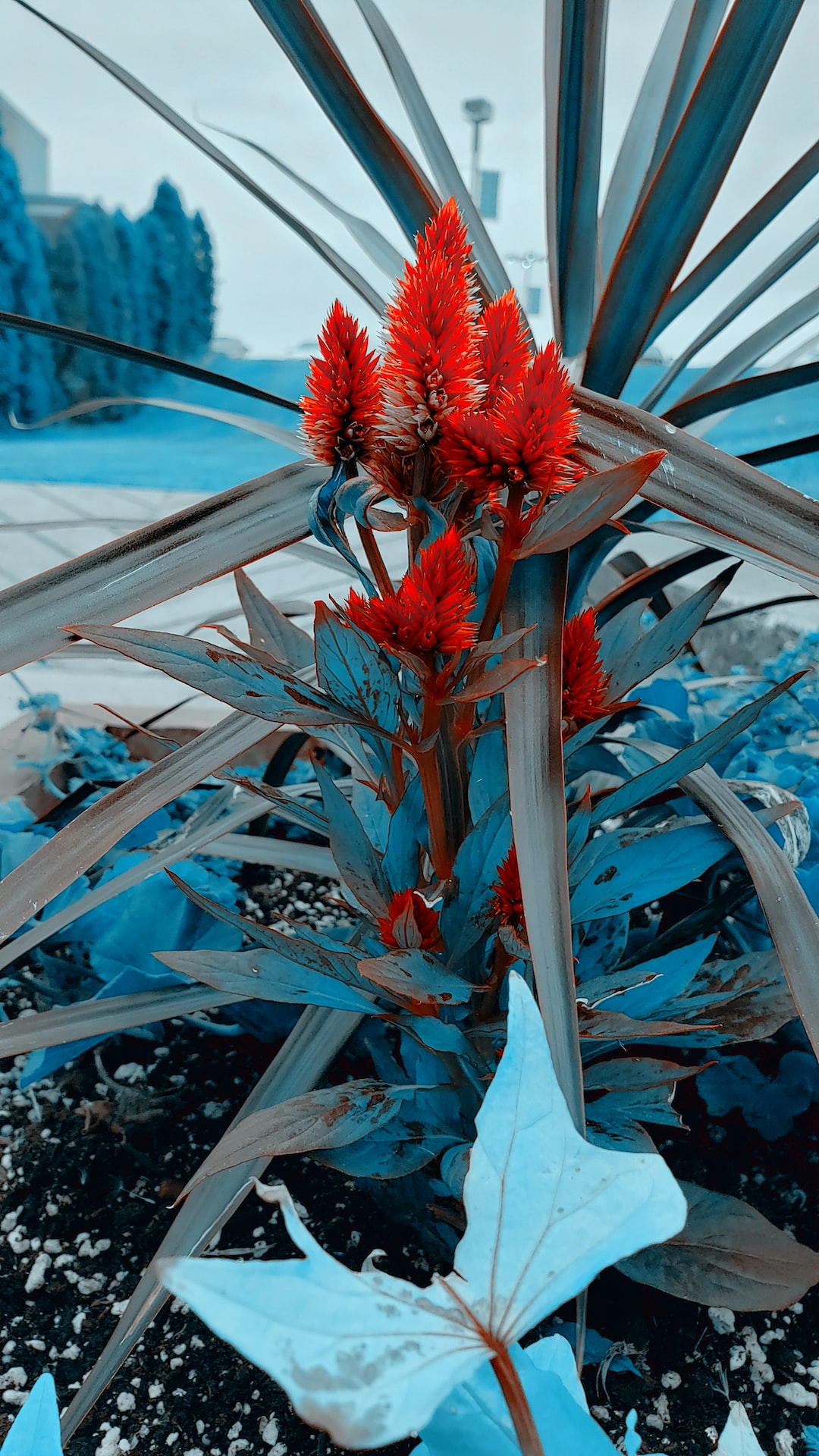The Intersection of Technology and Art: Digital Art in the Modern World
Art has always been an expression of human creativity and imagination. Through various mediums, artists have been able to communicate and evoke emotions in their audiences for centuries. However, with the advent of technology, a new form of art has emerged – digital art. This blending of technology and artistic creativity has opened up new possibilities and avenues for artists, as well as reshaped the way we perceive and interact with art in the modern world.
Digital art refers to any artwork that is created or displayed using digital technology. It encompasses a wide range of mediums, including digital painting, photography, animation, virtual reality, and interactive installations. Unlike traditional art forms, digital art relies heavily on computers, software, and other digital tools to bring the artist’s vision to life. This union of technology and art has given artists the ability to experiment with different techniques, push the boundaries of traditional art forms, and create works that would have been impossible to achieve otherwise.
One of the most fascinating aspects of digital art is its accessibility. The digital medium has opened up art to a wider audience, breaking down barriers of geography, language, and culture. With just a click of a button, people from all over the world can have access to a vast array of digital art, whether it’s through online galleries, virtual exhibitions, or social media platforms. This accessibility has not only democratized the art world but has also allowed artists to reach a global audience and receive immediate feedback on their work.
Another significant impact of technology on art is the way it has transformed the creative process. Digital tools have given artists unprecedented control and precision over their work. With software like Adobe Photoshop and Illustrator, artists can manipulate images, experiment with different color palettes, and create complex compositions. Furthermore, the ability to undo, revise, and make changes without damaging the original artwork allows for a greater level of experimentation and risk-taking. Artists can explore new techniques and push their creative boundaries, knowing that they can always revert to a previous version if needed. This freedom has unleashed a wave of innovation in the art world, with artists constantly pushing the limits of what is possible.
Technology has not only transformed the creation and dissemination of art but has also changed the way we experience and interact with it. Digital art has opened up possibilities for immersive experiences, bringing art into the digital realm. Virtual reality and augmented reality technologies allow viewers to step into a digital world and interact with artworks in ways that were unimaginable before. Artists can create entire virtual environments, where viewers can explore and engage with art in a more engaging and interactive manner. Whether it’s a virtual art gallery, a 360-degree video, or an interactive installation, technology has expanded the boundaries of what art can be and how we perceive it.
In conclusion, the intersection of technology and art has given birth to a new era of creativity and expression. Digital art has revolutionized the way we create, share, and experience art in the modern world. It has made art more accessible, allowing artists to reach a global audience with their work. It has also transformed the creative process, giving artists greater control and precision over their work. Additionally, technology has opened up new possibilities for immersive experiences, allowing viewers to engage with art in innovative and interactive ways. The digital age has undoubtedly reshaped the art world, and as technology continues to advance, we can only anticipate further exciting developments at the intersection of technology and art.

